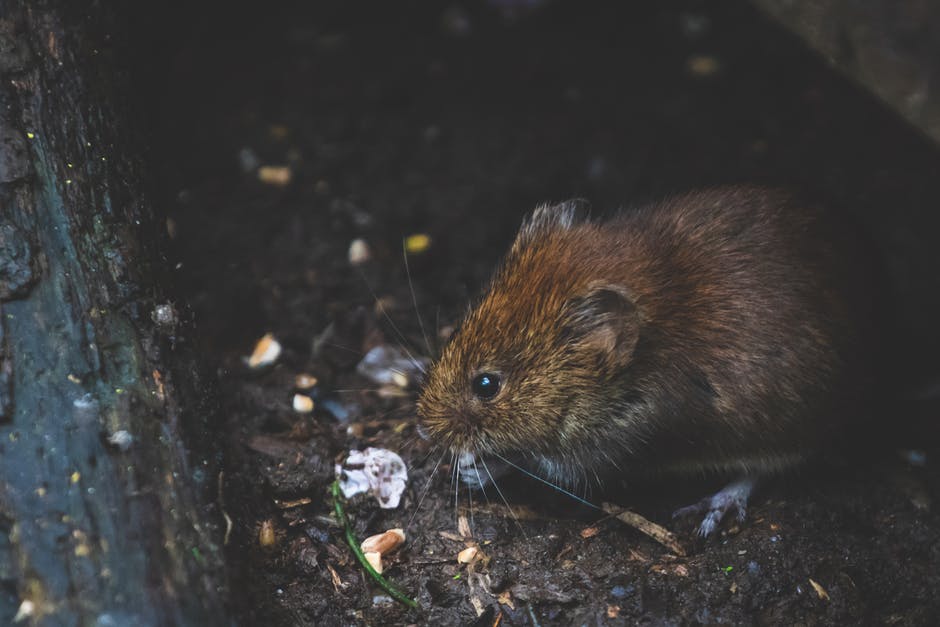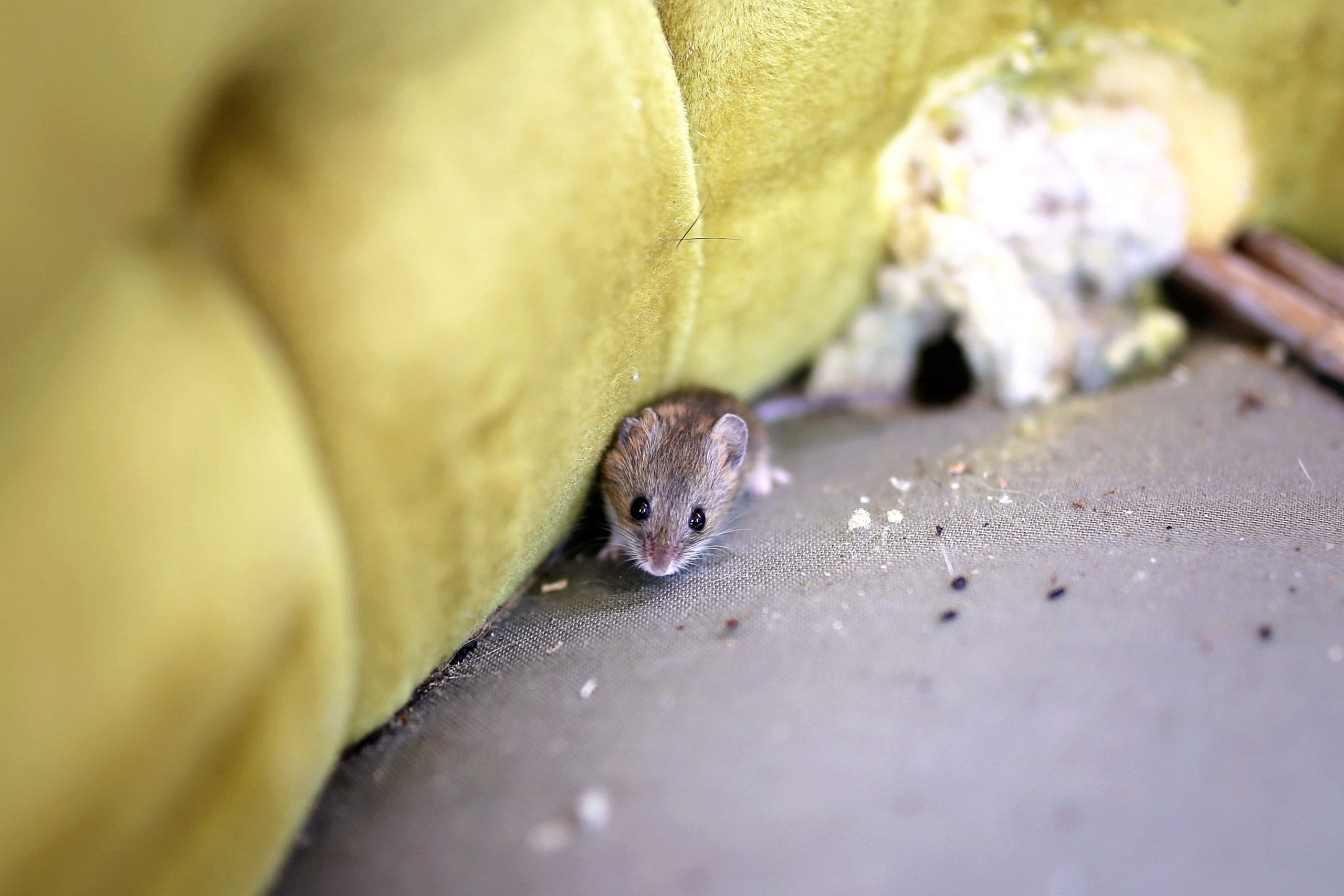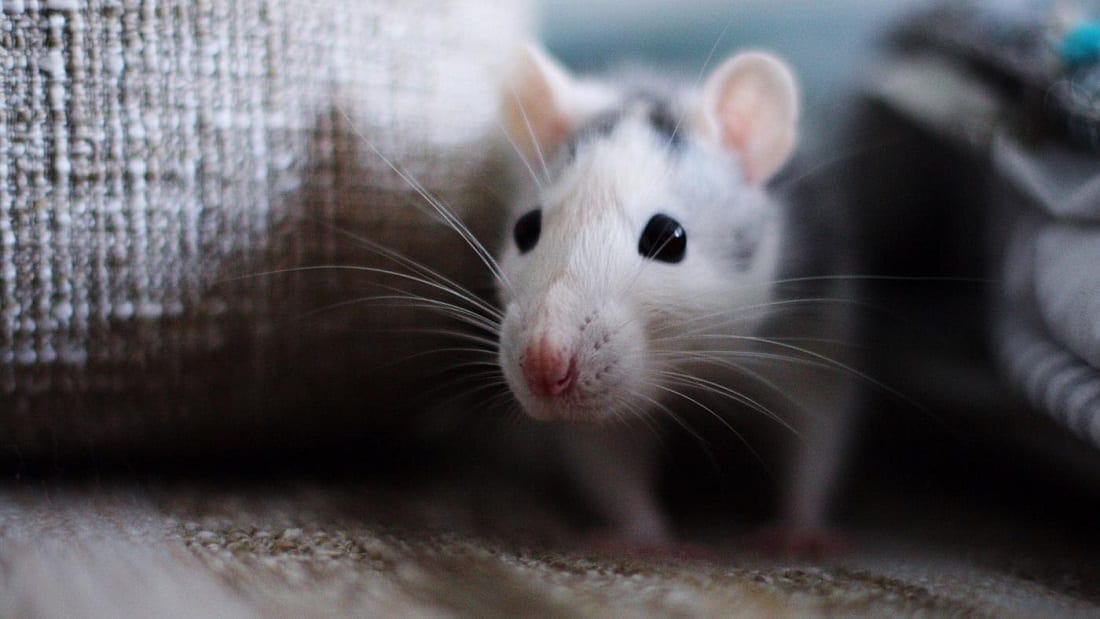Are you concerned that you have rodents inside your house? Do you worry that youve seen little rodent droppings laying around the property? If so, then you need to learn more about how to identify rodent droppings.
Did you know that rodent poop can be hazardous for your family and pets? It isnt uncommon for both rats and mice to have Hantavirus in their poop, which can cause the lethal disease Hantavirus Pulmonary Syndrome (HPS).
See below for an in-depth guide on how to verify when you have rodent droppings in the house and what to do if you find it!
Where Would I Find Them?
As you can imagine, rodents are pretty stealthy. By the time most homeowners realize they have a rat or mice problem, the furry creatures have been setting up shop for weeks. How is that possible?
Rodents are cunning, even about their poop. They arent going to leave obvious traces (droppings) of their presence out in the open (usually). This would give away their location to predators such as yourself or your pets.
That said, theyre also highly curious. For that reason, theyll have no issue walking around the property and leaving their droppings in dimly lit places. Some of the most common places are:
- Behind your refrigerator
- In your garage
- Under your table
- In your counters
- Underneath your beds
- Behind the toilets in your bathroom
You might be asking, What makes them courageous enough to be spotted by humans? The scent of food. Specifically, the scent of food in places they can reach.
As any pest control expert will tell you, the best way to ensure you never have a pest problem is to clean up your crumbs. Its what attracts rats, mice, cockroaches, and many other household pests you want nothing to do with.
What Do Rodent Droppings Look Like?
So how can you be sure that youre dealing with rodents in your house? By the droppings that they leave behind. Dont shrug off the signs.
If you notice anything that looks like little droplets around your house, be sure to take precautions. Keep your family and pets away from the area while you inspect it. Make sure you have a facemask on while you do so.
There are a few different factors that you need to look at to assess whether youre dealing with a rat or a mouse:
Quantity
If you do have a rodent in your house, you can expect to see a lot more poop before the day is over. Mice can leave as much as 150 droppings per day, while rats can leave up to 50 (but larger droppings).
For those of you that feel youre experiencing much higher volumes of rat droppings than that, it can only mean one thing: you have multiple rodents in your home. This isnt uncommon. If a rodent finds a safe place to live, theyll invite their friends along.
If you ever notice a high amount of little brown pellets around your home, be sure to schedule a pest control service right away.
Shape and Color
Fortunately, all rodent droppings have essentially the same profile, so there isnt anything specific that you need to look for.
Each of them will be black and has a pill shape to them. They can also be described as the shape of a sausage. You can look for minor details to identify the type of rat or mouse youre dealing with, but that isnt necessary information for you.
Your pest control expert will use that information to gauge the best way of warding the mice away from your home. They can also gauge the severity of your problem by the dropping count, which could alter how long the rodents take to get rid of.
Age of the Dropping
So how can you tell if a rodent has been in your house for a while? By the color and condition of the droppings.
If the droppings have been there for a while, theyll lose their black color and start to look grey and decrepit. The more moisture that a dropping has, the fresher it is. Moist droppings have a shine to them.
To gauge the age, take a pencil and crush it down on the poop. If it starts to crumble, then its an older dropping. If it mushes down, then its still relatively fresh.
What to Do When You Find Rodent Droppings
Whatever you do, do not try and pick up the rodent droppings by yourself. As previously mentioned, they can contain Hantavirus.
Instead, you need a professional rodent dropping cleanup service to rid your home of any rat and mice poop. First, make sure to set out humane rodent traps so that you can release them back into the wild once theyre trapped.
If the problem is too severe, call in a pest control service. After the rodent(s) is/are removed from your property, schedule a professional rodent dropping cleanup service to come in and safely remove it from your home.
Identify Rodent Droppings in Your Home Today
Now that you have seen all of the different factors in identifying rodent droppings in your home, be sure to use this information to your advantage.
For more inquiries, please feel free to reach out via our about us page and well be happy to assist you further.



